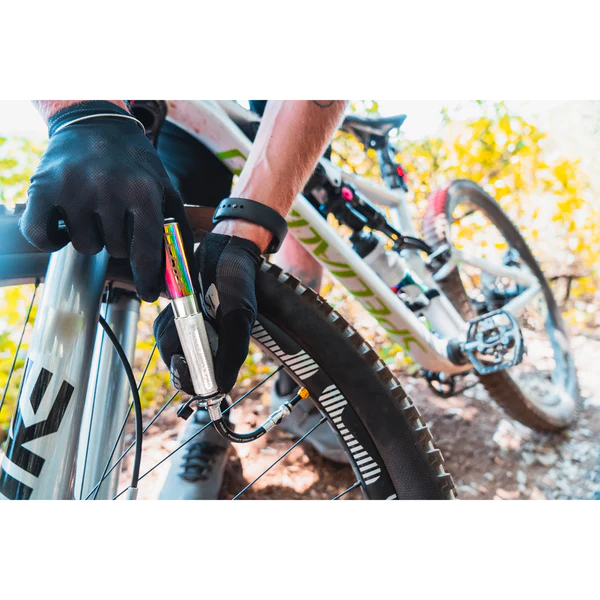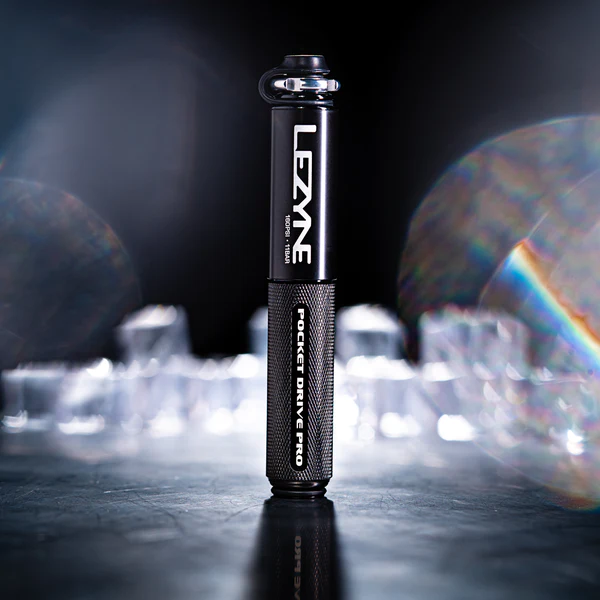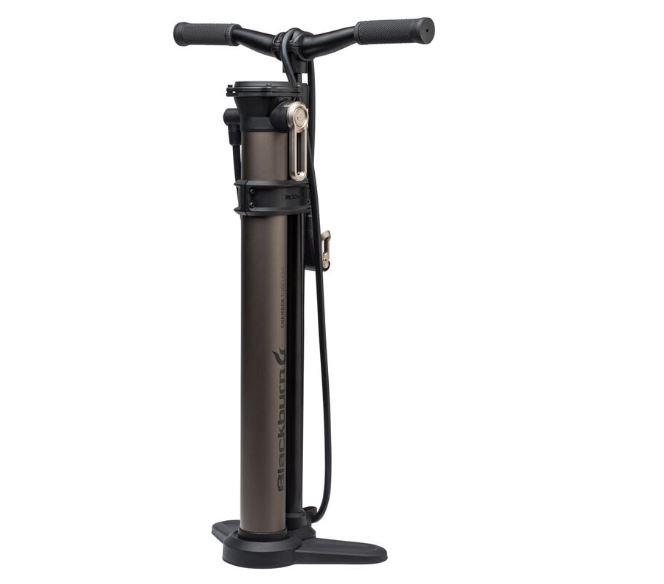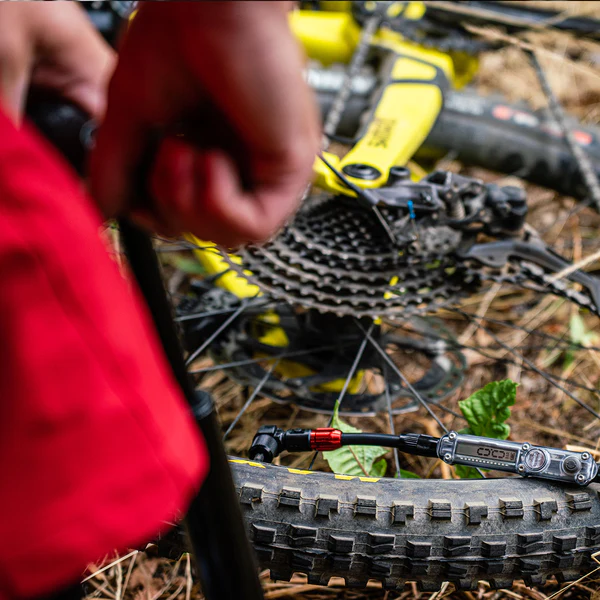Differences Between Floor and Mini Bike Pumps: A Masters Perspective
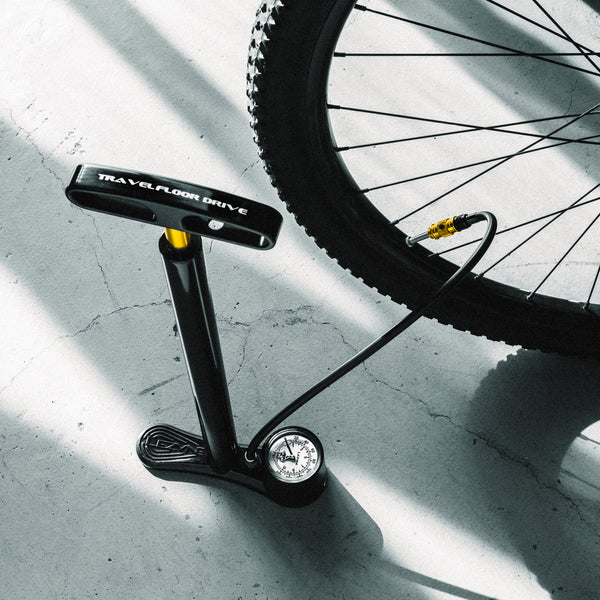
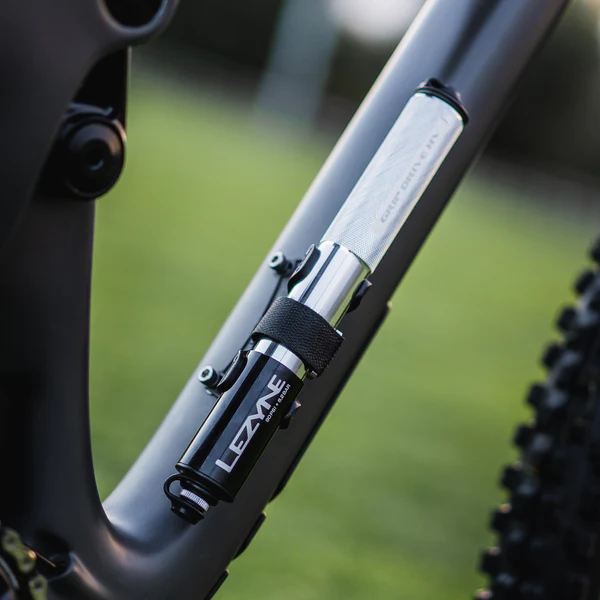
Key Point Summary of Differences Between Floor and Mini Bike Pumps:
- Floor Pumps are ideal for home use, offering ease of pumping, higher volume/pressure capabilities, and generally include accurate pressure gauges.
- Mini Pumps are designed for on-the-go emergencies, prized for their portability despite requiring more effort to achieve desired pressures.
- Usage varies significantly; floor pumps are for pre-ride preparations, while mini pumps are for mid-ride fixes.
- Pros and Cons reflect a trade-off between convenience and functionality, with each pump type catering to different needs.
Navigating the world of cycling accessories can often feel like charting unknown territories, especially when it comes to essential tools like bike pumps. As a seasoned cyclist with years spent pedaling across the disciplines of mountain biking, gravel, and cyclocross, I’ve come to appreciate the nuanced differences between the types of bike pumps available.
In this article, I aim to demystify the distinctions between floor and mini bike pumps, shedding light on their usage, along with their respective pros and cons, to help beginner to mid-level cyclists make informed decisions.
Understanding Floor and Mini Bike Pumps
Floor Pumps: These are the workhorses of bike pumps, designed to stand on the ground with a long hose and a stable base for your feet, facilitating easy and efficient tire inflation. They’re equipped with larger barrels capable of moving more air per stroke, meaning you’ll get your tires to the desired pressure with fewer pumps. Most floor pumps come with a pressure gauge, allowing for precise inflation according to your tire’s specifications.
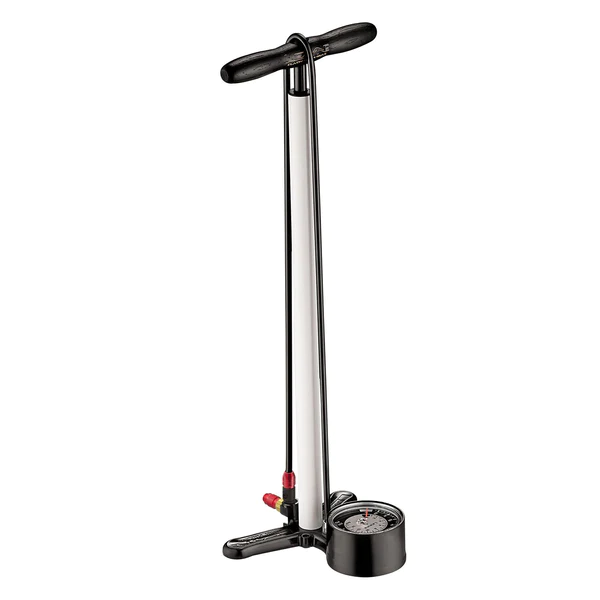
Mini Pumps: The defining feature of mini pumps is their portability. Compact enough to fit in a backpack or mount directly onto your bike frame, these pumps are lifesavers when you’re miles from home and encounter a flat. While they require more effort and time to inflate a tire fully due to their smaller size, the convenience of having a pump at all times outweighs the additional labor for most riders.

When to Use Each Pump
Floor Pumps are best utilized before you head out for a ride. The ritual of checking and adjusting your tire pressure to suit the day’s terrain and conditions is best accomplished with the ease and accuracy a floor pump provides. They’re also the preferred option for tubeless setups, where achieving a tight seal often requires a sudden rush of air that floor pumps can deliver more effectively.
Mini Pumps, on the other hand, are your mid-ride guardians. They’re not meant to replace the thorough inflation a floor pump offers but rather to get you back on the trail or road with enough pressure to safely complete your ride. For cyclists venturing into remote areas or those who prefer to ride light, a mini pump is an essential piece of kit.
Pros and Cons
Floor Pumps:
- Pros: Efficient inflation, accurate pressure gauges, less physical effort required.
- Cons: Not portable for rides, larger size requires storage space.
Mini Pumps:
- Pros: Highly portable, can be a ride-saver in case of a flat.
- Cons: Requires more effort and time to inflate, less accurate pressure measurement.
Making the Right Choice
The decision between a floor pump and a mini pump isn’t an either/or scenario; most cyclists benefit from having both. A floor pump serves as your primary tool for regular maintenance and pre-ride checks, while a mini pump is an indispensable backup for unforeseen flats on the road or trail.
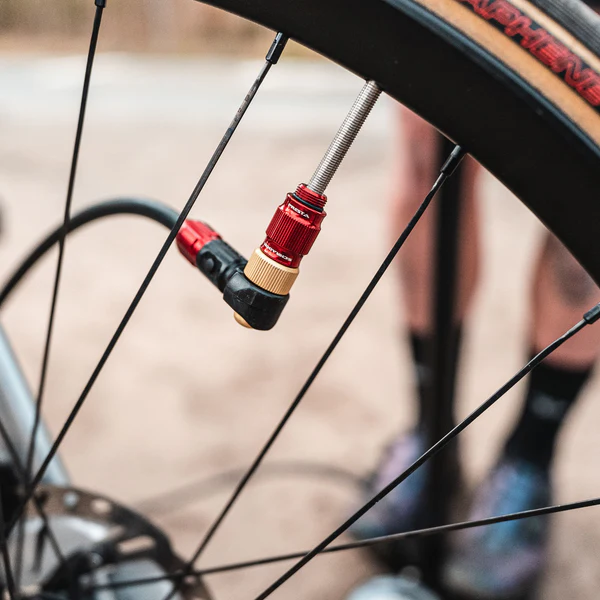
Final Thoughts
In the cycling journey, both floor and mini bike pumps play pivotal roles. Understanding the differences between them and their intended uses is crucial for every cyclist, from the novice embarking on their first ride to the seasoned competitor fine-tuning their gear list for the next race.
To encapsulate the discussion on the vital roles of both floor and mini bike pumps in a cyclist’s arsenal, the Lezyne Steel Floor Drive Pump stands out as a superior choice for a floor pump, while the Topeak Mini Morph Pump shines as an exemplary mini pump. Together, these models offer a comprehensive solution catering to the needs of cyclists at all levels.
Lezyne Steel Floor Drive Pump:
- Why It Stands Out: It combines durability, efficiency, and precision. Its steel construction ensures longevity, while the large, easy-to-read gauge allows for accurate pressure adjustments. The high-volume barrel fills tires quickly, making it ideal for pre-ride preparations, especially for those who value both speed and accuracy.
- Best For: Cyclists looking for a reliable, efficient floor pump to use at home or before heading out, ensuring tires are optimally inflated for every ride.
Topeak Mini Morph Pump:
- Why It Stands Out: This mini pump bridges the gap between portability and functionality. Its morphing design transforms the mini pump into a miniature floor pump, offering ease of use and efficiency unmatched by most of its peers. Despite its compact size, it provides excellent pumping power, with a fold-out footpad for stability, making on-the-go tire inflation significantly less laborious.
- Best For: Riders who need a dependable, portable pump for mid-ride emergencies, ensuring that no flat tire will leave them stranded.
Selecting these two pumps provides cyclists with a versatile setup capable of addressing both pre-ride preparation and mid-ride emergencies, ensuring that tire inflation is never a hindrance to the joy and performance of cycling.
By equipping yourself with both a reliable floor pump for home use and a mini pump for those just-in-case moments while out riding, you ensure that you’re always prepared, no matter what the ride throws at you.
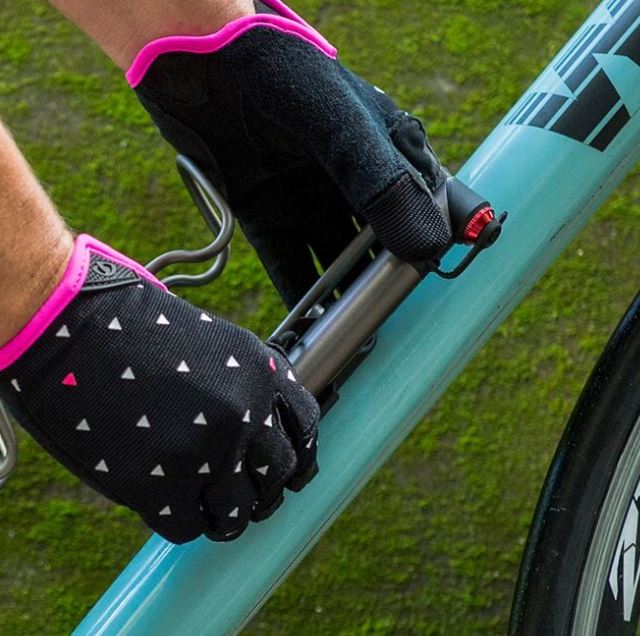
FAQ
Do different bikes need different pumps?
Not necessarily different pumps, but the pump must be compatible with your bike’s valve type (Presta, Schrader, or Dunlop). Most pumps come with adaptable heads to fit different valves, but the choice between high volume (for mountain bikes) and high pressure (for road bikes) pumps may vary based on your bike type.
How do I choose a bike floor pump?
Look for a pump with a sturdy base for stability, a large, easy-to-read pressure gauge, and a head that’s compatible with the valve types of your bikes. Consider pumps with a high volume for easier pumping, especially if you have larger tires or prefer a pump that can quickly fill your tires to the desired pressure.
Is a floor pump better than a hand pump bike?
For home use and pre-ride inflation, yes. Floor pumps offer more efficiency, allowing for quicker and easier tire inflation to the correct pressure with less effort. They also typically include accurate gauges for precise pressure adjustments. Hand (mini) pumps are more about portability and emergency use on the go.
Which type of pump is most reliable?
Floor pumps are generally considered more reliable for regular use due to their robust construction, stable base, and efficient inflation. They are less prone to wear and provide consistent performance over time, making them a staple in any cyclist’s gear collection for maintaining optimal tire pressure.
